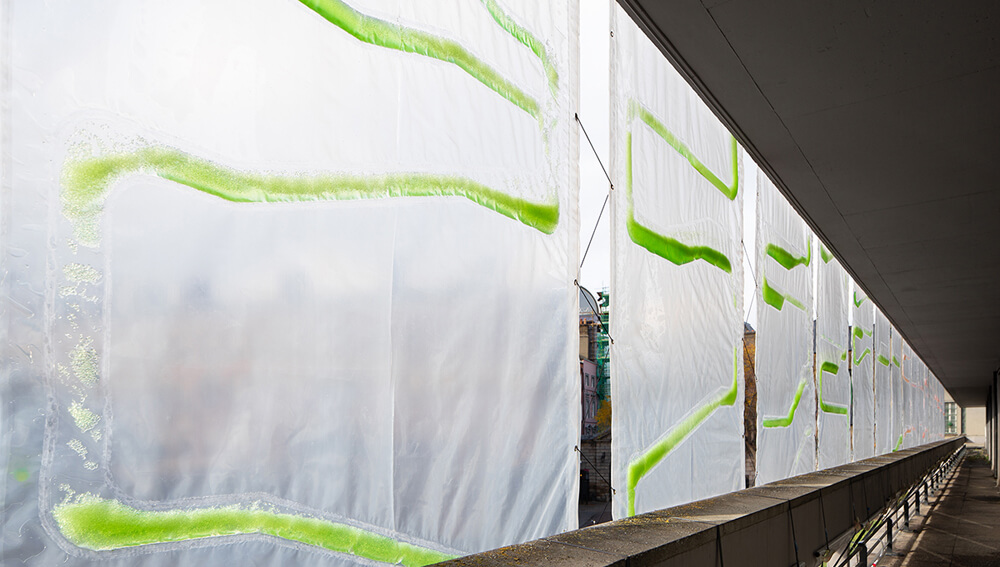Text by CLOT Magazine

Architect, urban designer and ecologist Claudia Pasquero and architect, author and educator Marco Poletto founded in 2005 ecologicStudio, an architectural and urban design practice working on the intersection of bio-digital design, urban design, and biology computation. One of the central axes of their practice is what they called “systemic” design, a method defined by the combination and integration of systemic thinking, computational design, biotechnology and prototyping’ that define new “ecology” of space and behaviour.
ecoLogicStudio has developed prototypes and installations for major architectural biennales. Projects like “metaFOLLY” and HORTUS are part of prestigious permanent collections (FRAC Center in Orleans and ZKM in Karlsruhe, respectively). One of their latest projects is Photo.Synth.Etica, a large-scale installation designed for their first collaboration with Climate-KIC, which is committed to promoting new models to solve the global climate crisis. This installation uses an “urban curtain” composed of 16 2 x 7 metre modules with a serpentine design that captures and stores CO2 from the atmosphere.
Photo.Synth.Etica envelopes the first and second floors of the main façade of the Printworks building at Dublin Castle. ‘Each module functions as a photobioreactor, a digitally designed and custom-made bioplastic container that utilises daylight to feed the living micro-algal cultures and releases luminescent shades at night.’ they told us. The algae capture and store CO2 molecules and air pollutants and grow into biomass.
ecologicStudio told us that some of their forthcoming projects include a photosynthetic sculpture for the Centre Pompidou in Paris, a research project involving the use of bio gel instead of water as the algae medium, 3D printing techniques to prototype architectural photobioreactors, and the design of a façade system for a new museum of microbes in Innsbruck in Austria.






